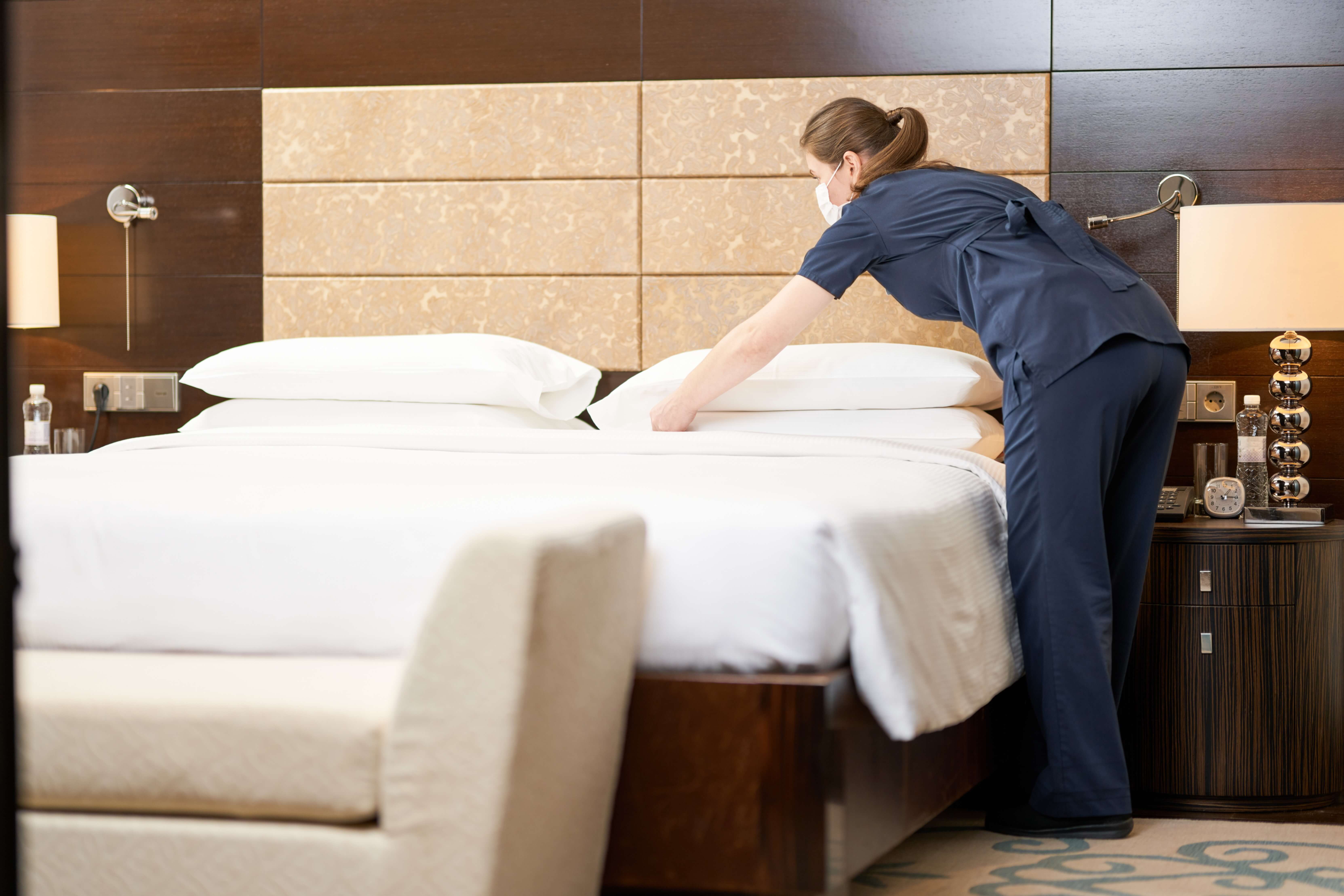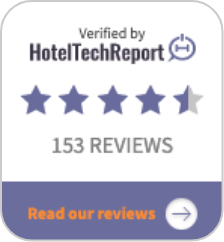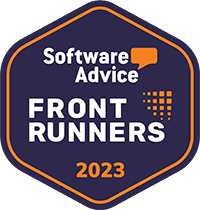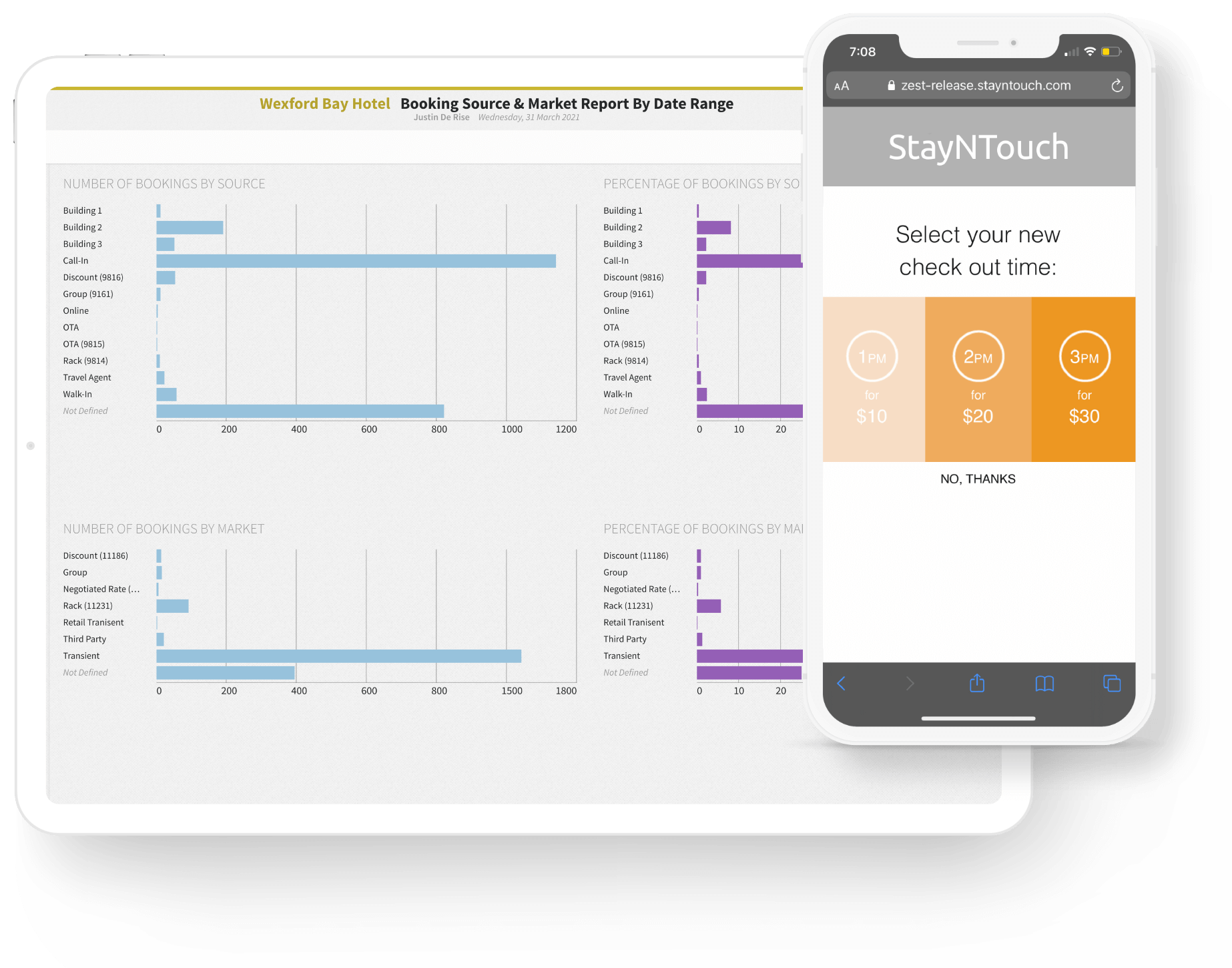Customer happiness and satisfaction are fundamental in the hospitality industry; they are essential to keeping business afloat. Academic research consistently finds that there is a positive, statistically significant relationship between satisfaction and a host of business outcomes such as customer retention, loyalty, wallet share, referrals etc.
Acquiring a new customer can cost up to 10 times as much as supporting an existing customer whereas a satisfied loyal customer can generate higher profit margins. Studies indicate that a 5% improvement in customer retention can add anywhere from 25% to 85% to the bottom line. A 10% increase in acquisition costs adds less than 2% to overall customer value (present value of profit streams over customer lifetime with the company), whereas a 10% increase in customer retention adds up to 30% to customer value. The impact of retaining 2% more customers is about the same as cutting costs by 10%. The Hidden Costs of Customer Satisfaction Laskshmi Takikonda.
While the above facts and figures are all well and good, achieving guest satisfaction is not so straightforward. In the past decade we have become a much more demanding bunch. Satisfaction is no longer easily achieved with complimentary water and fancy soaps. With the rapid and continuous innovations in technology hoteliers are challenged by guests’ high expectations when it comes to their stay; not only do they anticipate a higher standard of service and superior value but also they want a more personalised experience.
We can blame and/or attribute technology for our higher expectation of services but in turn hoteliers can also leverage newer technologies to their advantage to engage customers and provide a more personalised experience. One would go so far as to say that to remain competitive in today’s market, hotels must embrace new advances in technology. Take the PMS for example; while it started out its life as a room management tool, it assumed many core hotel functions along the way including acting as a guest management technology – but the guest experience cannot evolve by using the same old legacy PMS.
With the introduction of SaaS the PMS is transformed. It introduces new functionality and new ways to collaborate and share information within the hotel, with guests, and across the partner ecosystem; not only does it have the potential to improve hotel operations but empowers multiple function areas of the hotel to improve the guest experience.
Front desk staff can deliver a more personalized front desk experience from anywhere on the property. They can interact with guests in a more casual, informal manner and assist them with their check-in, check-out, concierge services, and other needs all from a mobile device. Beyond front desk services, a mobile PMS can streamline and improve other function areas of the hotel. Moreover, not only can employees also access the PMS from anywhere on property but they can have immediate access to the same business intelligence stored within the PMS to make quicker, smarter, informed decisions, and resolve issues on the spot. All in all, SaaS allows for more efficient business processes providing hoteliers with greater flexibility, agility, empowering staff to deliver more personalized services and guest experience from anywhere within the hotel – not just the lobby.
Hoteliers that leverage this “new” technology to engage customers and create experiences that impress and exceed expectations will be the ones who will not just increase customer satisfaction and loyalty but also will yield big revenue gains, win new business and see their market share grow.















